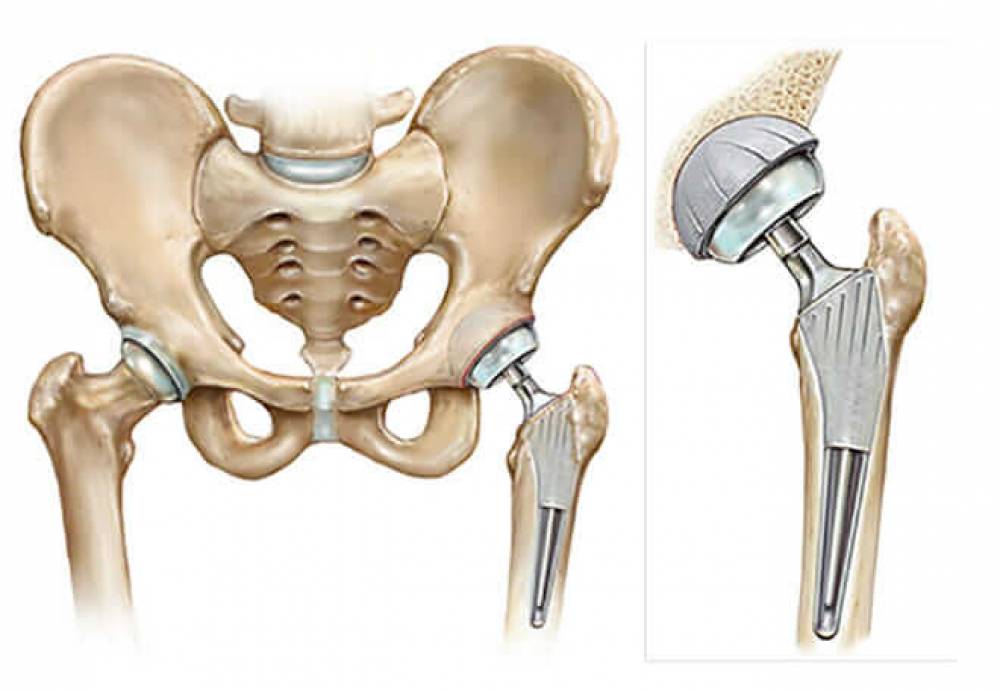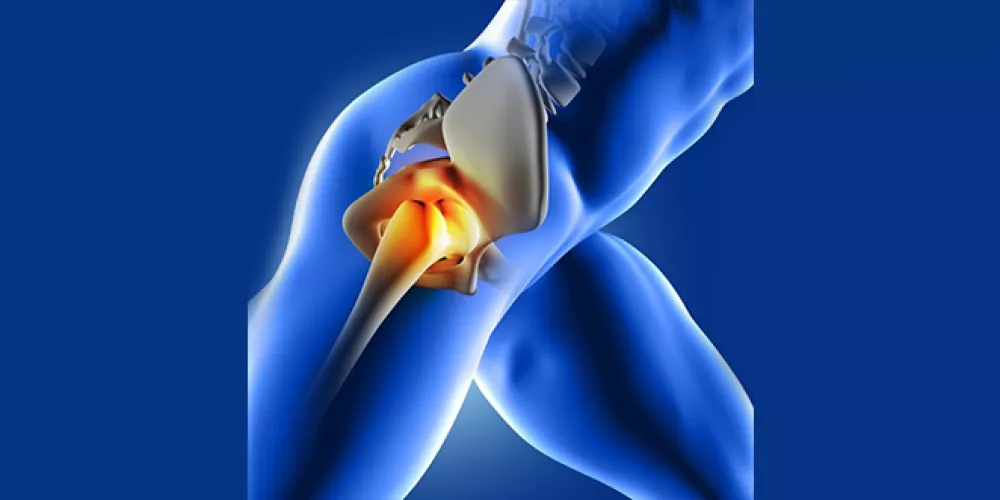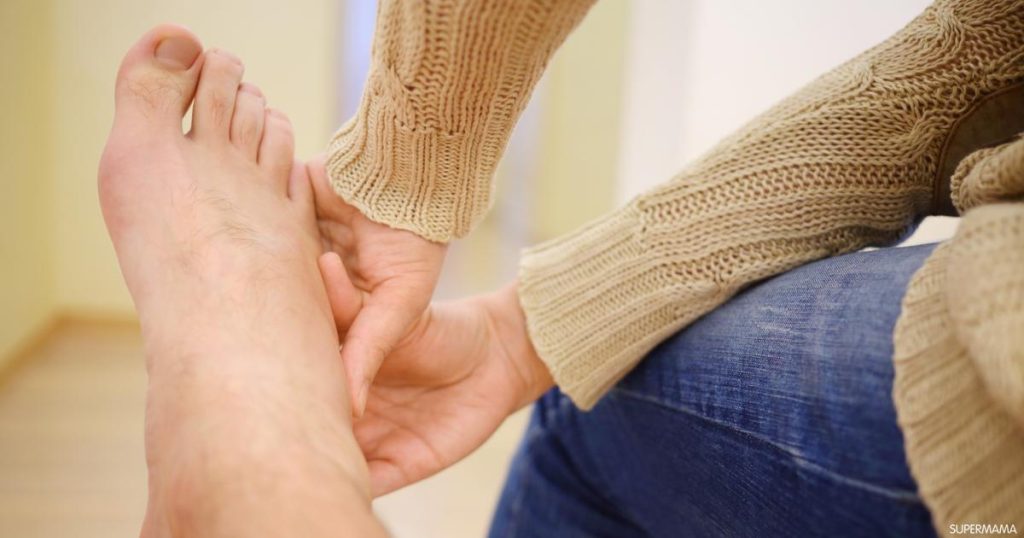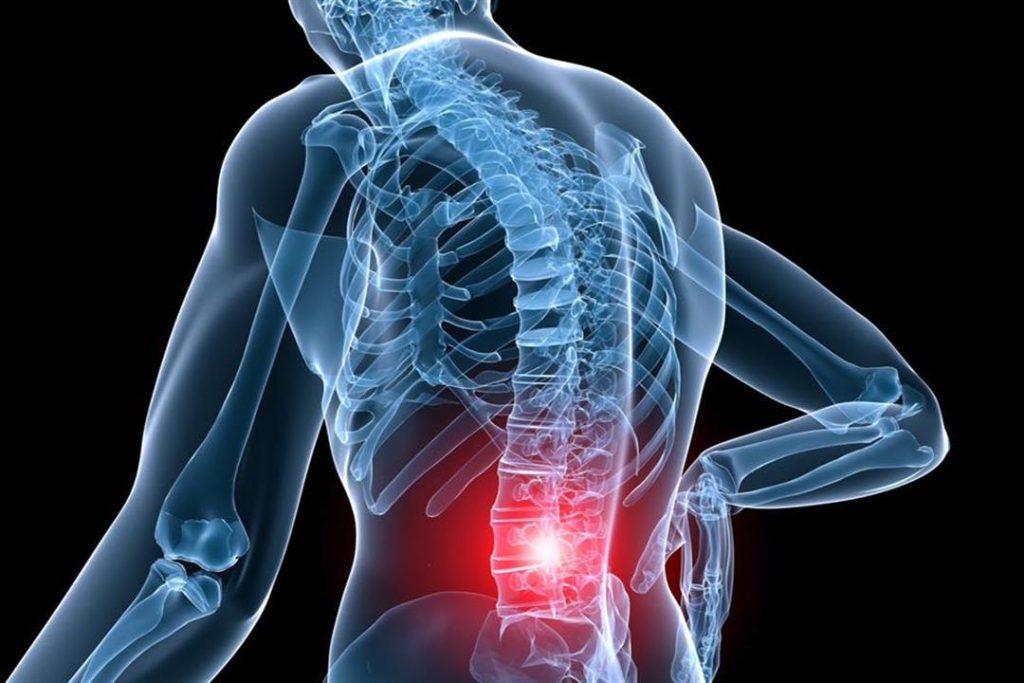What you don’t know about shoulder ligaments and their treatment of tears?
أخر تحديث :
What are shoulder ligaments?
Shoulder ligaments are important elements in stabilizing and supporting the shoulder joint. They play a prominent role in bearing movements and supporting the weight of the shoulder. Several different ligaments connect various joints in the shoulder region and work cooperatively to secure joint stability and prevent injuries.
What are the symptoms of shoulder ligament tears?
Shoulder ligaments are fundamental structures in the shoulder, responsible for connecting bones and providing stability and support to the joint. However, ligament tears in the shoulder can occur due to various reasons, such as acute injury or continuous stress on the shoulder.
In this article, we will highlight the main symptoms that may indicate a shoulder ligament tear. However, it’s important to note that these symptoms are not a definitive diagnosis, so the affected individual should consult a doctor for a confirmed diagnosis and appropriate treatment.
Symptoms of shoulder ligament tears include:
- Severe Pain: The person with a shoulder ligament tear may experience severe and constant pain in the affected area. The pain can be located in the shoulder itself or radiate to the arm or elbow.
- Swelling and Redness: Tear of the shoulder ligaments can lead to swelling and redness in the affected area. This results from the accumulation of fluids and swelling around the injured shoulder.
- Difficulty and Pain in Shoulder Movement: Individuals with a shoulder ligament tear may have difficulty and experience pain when attempting shoulder movements, especially when trying to raise the arm or move it laterally.
- Cracking or Popping Sound: Those with a shoulder ligament tear may notice a cracking or popping sound when moving the injured shoulder. This sound is a strong indicator of ligament tears.
- Weakness in Strength: The person with a shoulder ligament tear may experience weakness in strength and have difficulty using the shoulder normally. They may struggle with lifting heavy objects or performing specific movements.
- Abnormal Stability: The affected individual may feel a lack of stability in the joint, with the shoulder seeming to slip or rotate abnormally when moved or loaded.
What is the treatment for shoulder ligament tears?
Injuries involving shoulder ligament tears are common and can result in severe pain and restricted joint movement. Early diagnosis and effective treatment of ligament tears are essential to alleviate pain and expedite the healing process.
Treatment of Shoulder Ligament Tears:
The treatment of shoulder ligament tears depends on the severity of the injury and the extent of the tear. In cases of mild and minor tears, the patient may be treated with physical therapy exercises and extended rest. These exercises aim to strengthen the damaged ligaments and improve joint mobility.
These exercises may include:
- Performing muscle-strengthening exercises around the shoulder.
- Using ice to alleviate pain and reduce inflammation.
- Using over-the-counter pain relievers and non-steroidal anti-inflammatory drugs (NSAIDs) as per the doctor’s recommendations.
In cases where the tear is larger or chronic, the doctor may recommend surgical repair of the ligaments. In the surgical procedure, doctors use arthroscopic surgery to repair the torn ligaments. This procedure is often safe and effective, reducing scarring and recovery time.
Recovery Time for Shoulder Ligament Tears:
The duration of recovery for shoulder ligament tears depends on the severity of the injury and the type of treatment administered. Full recovery after non-surgical treatment may take between 6 to 12 weeks, during which the patient gradually returns to their daily activities.
After arthroscopic ligament repair, the patient may need to stay in the hospital for only two days before they can return to their normal life. Patients are strongly advised to strictly follow the treating doctor’s instructions and undergo the necessary physical therapy sessions.
In general, it is emphasized to take care of the shoulder after a tear and during the treatment period. It is advisable to avoid lifting heavy objects using the injured shoulder and refrain from raising the arms laterally. It is important to engage in daily sports exercises to strengthen the shoulder ligaments. Monitoring symptoms for a period of 4 to 6 months is also recommended, and if the condition does not improve or there is an increase in pain, a doctor should be consulted for assessment and necessary reevaluation.
In summary, the treatment of shoulder ligament tears requires early diagnosis and proper treatment to alleviate pain and reduce the recovery period. Patients should strictly follow the doctor’s instructions and monitor their symptoms carefully. Health and safety are our top priorities in the treatment of shoulder conditions using the latest available techniques and in accordance with global care standards.
How to Treat Shoulder Tendonitis:
How to Treat Shoulder Tendonitis: A Comprehensive Guide
Shoulder tendonitis is a common problem that many people experience, whether due to sports injuries or excessive use of the tendons. While it can be painful and bothersome, there are several effective ways to treat this issue and alleviate pain. In this article, we will provide you with a comprehensive guide on how to treat shoulder tendonitis.
- Sufficient Rest: One of the crucial initial steps in treating shoulder tendonitis is to provide the shoulder with an adequate period of rest for recovery. Any activity that could aggravate the tendons or contribute to increased pain should be avoided. However, it’s important not to freeze the joints and to maintain regular movement to prevent stiffness. Ice can be used to reduce inflammation and acute pain during this period.
- Massage and Physical Therapy: Massage and physical therapy can be effective in relieving the pain of shoulder tendonitis and improving shoulder mobility, especially if the pain is persistent and bothersome. A trained therapist or physical therapist can determine appropriate techniques and guide you on strengthening shoulder muscles and improving tendon flexibility.
- Medications: Certain medications can help alleviate the pain and inflammation associated with shoulder tendonitis. Doctors may prescribe various medications based on your health condition, such as non-steroidal anti-inflammatory drugs (NSAIDs) like aspirin or ibuprofen. Topical anti-inflammatory creams can also be used to relieve pain without side effects.
- Cortisone Injections: If the symptoms of shoulder tendonitis do not improve after a certain period of time, cortisone injections around the affected tendon may be recommended. Cortisone works to reduce inflammation, pain, and improve shoulder movement. However, this procedure should be done under the supervision of a doctor and with caution.
- Surgical Treatment: In rare cases, surgical treatment may be suggested to treat shoulder tendonitis if the symptoms are severe or persistent and have not responded to other treatments. The type of surgical procedure depends on the condition of the affected tendon and may involve tendon repair or removal of inflamed tissues through arthroscopy.
Before starting any form of treatment, it’s important to consult a specialized doctor to accurately diagnose your condition and determine the appropriate steps for treating shoulder tendonitis. Treatment duration can vary depending on the severity of the injury and the chosen treatment methods. Some cases may require longer and more complex treatments, so patience and strict adherence to medical instructions and guidance are crucial to ensure proper recovery and a return to normal shoulder function.
How Long Does it Take to Heal a Ligament Tear?
Ligament tears are common injuries that individuals may encounter, whether in the knee, ankle, or wrist. It is important to know the expected treatment duration for this type of injury in order to plan accordingly and determine when to return to normal activities of daily life.
Knee Ligament Tears: The treatment duration for knee ligament tears can vary depending on the severity of the tear and its impact on the patient’s mobility and daily functions. In mild cases, complete treatment for knee ligament tears may take between 4 to 6 weeks. During this period, the patient may need to wear a cast or brace for joint stability and undergo physical therapy to strengthen the muscles and improve mobility.
Ankle Ligament Tears: The time required for the treatment of ankle ligament tears may vary depending on the severity of the injury and the type of tear. In mild cases, full treatment for ankle ligament tears usually takes about a month. Treatment may involve using a cast for stability and applying ice to reduce inflammation, in addition to rehabilitation exercises to strengthen the muscles and regain flexibility and stability.
Wrist Ligament Tears: Treating wrist ligament tears may take slightly longer than treatment in the knee or ankle. Full treatment for wrist ligament tears can take between 6 to 8 weeks, depending on the severity of the tear. Treatment may include using a cast for joint stability and performing rehabilitation exercises to help restore movement and stability in the wrist.
It is essential for the patient to adhere to medical instructions and the recommended treatment schedule provided by the treating physician. It is also important to maintain the stability of the affected joint and avoid strenuous physical activities until the ligaments have fully healed.
Patients suffering from such injuries should regularly consult their treating physician to assess the progress of the treatment and ensure proper recovery.
Does Ligament Tear Show on X-rays?
Ligament injuries are common injuries that can occur in the knee, wrist, or ankle joint. When there is doubt about a ligament tear, individuals may wonder whether this type of injury can be seen on X-rays. In this article, we will explore whether ligament tears are visible on X-rays and what additional tests are used to diagnose these injuries.
Ligament Tears and Diagnostic Radiology
When a ligament tear occurs, some signs may appear on diagnostic X-rays, but they are not precise in all cases. In some cases, diagnostic X-rays may be able to indicate the presence of a tear, but in many instances, X-rays are necessary to rule out bone fractures or other potential injuries.
Additional Tests
In addition to X-rays, a physician may need to conduct additional tests to confirm ligament tears. There are several methods for diagnosing these injuries, including:
Clinical Examination: The physician examines the affected joint to assess pain, swelling, and joint stability. Range of Motion Tests: Various range of motion tests can be used to evaluate the joint’s ability to move correctly. Pressure and Stress Tests: These tests are performed to assess joint stability and ligament strength. Magnetic Resonance Imaging (MRI): It may be ordered when there is doubt about ligament tears. MRI provides detailed images of joint tissues and can detect the presence and size of the tear.
Treatment and Improvement
Once a ligament tear is confirmed, the doctor will create an appropriate treatment plan. Potential treatment may include the continuous use of a supportive brace, physical therapy to strengthen the muscles surrounding the joint, and cold therapy and non-steroidal anti-inflammatory drugs (NSAIDs) to reduce pain and inflammation.
In cases of severe tears requiring surgery, the damaged ligaments can be surgically repaired. The appropriate treatment should be determined based on the severity of the tear and the overall condition of the patient.
Preventing Ligament Tears
There is no guaranteed way to prevent ligament tears, but there are steps that can be taken to reduce the risk of injury, including:
Wearing necessary protective gear during sports activities. Avoiding excessive training or stretching before injury occurs. Engaging in regular physical exercises to strengthen muscles and enhance joint stability.
In summary, diagnostic radiology may be helpful in some cases to detect ligament tears, but an accurate diagnosis usually requires a combination of diagnostic imaging, clinical examinations, and additional tests. Individuals experiencing injuries related to ligament tears should consult with a specialized physician to confirm the diagnosis and receive appropriate treatment.








